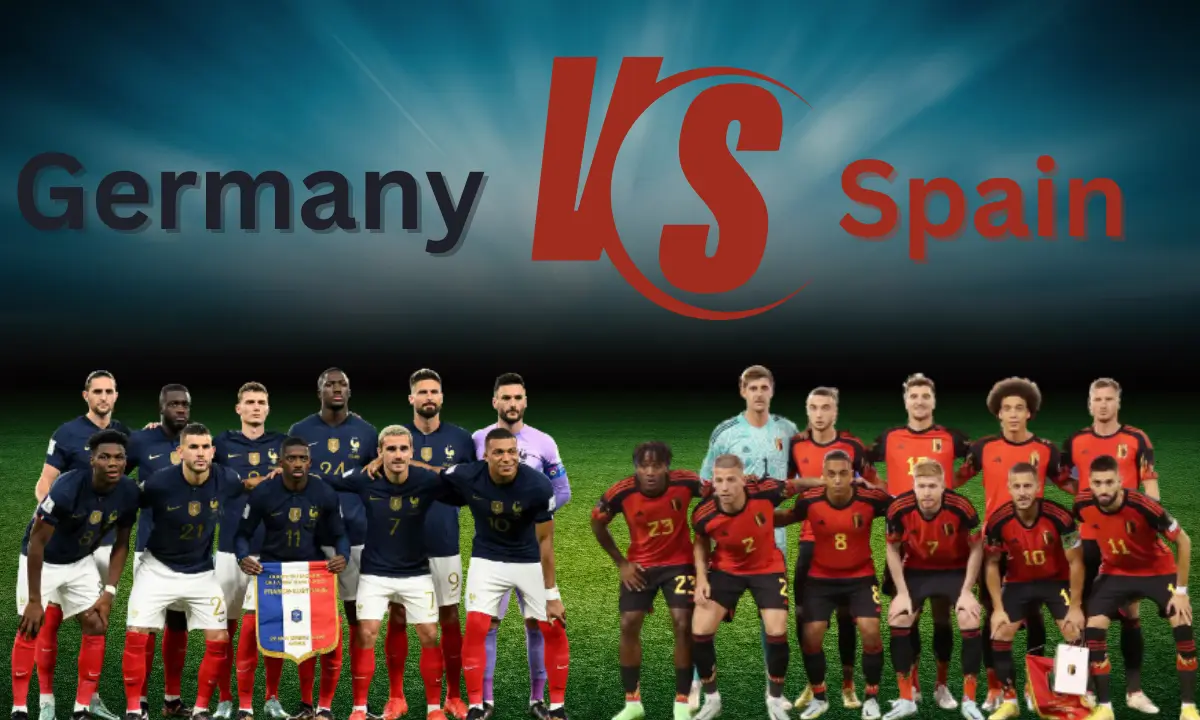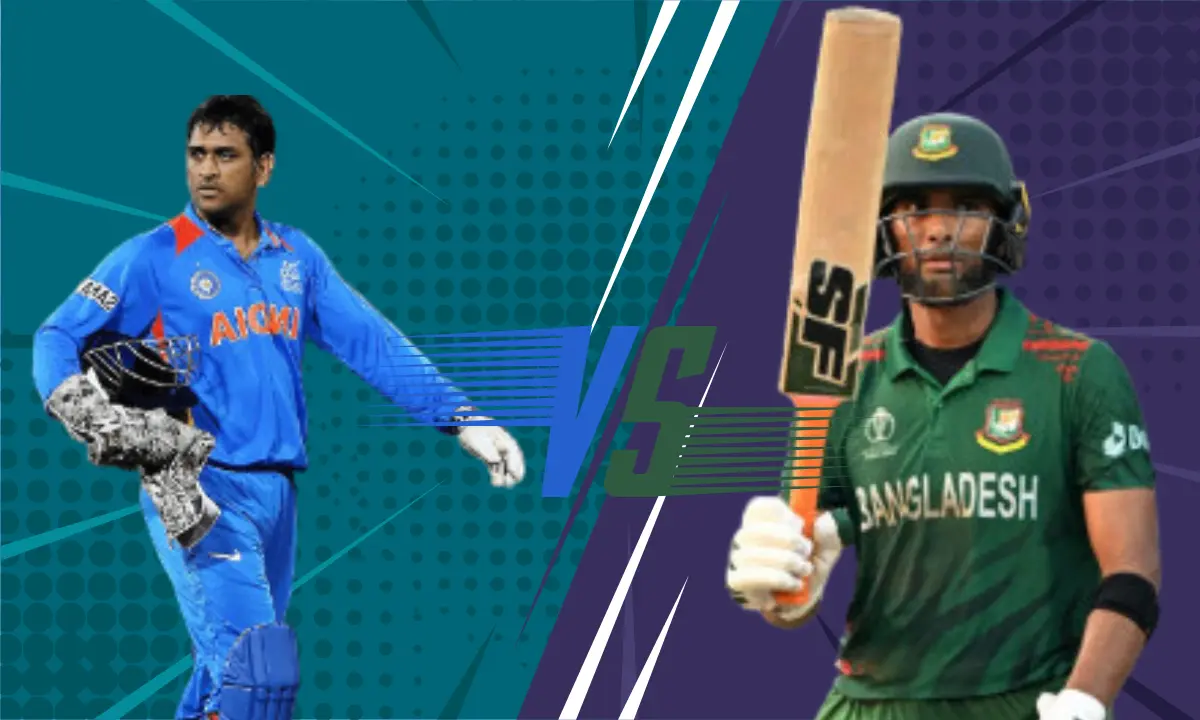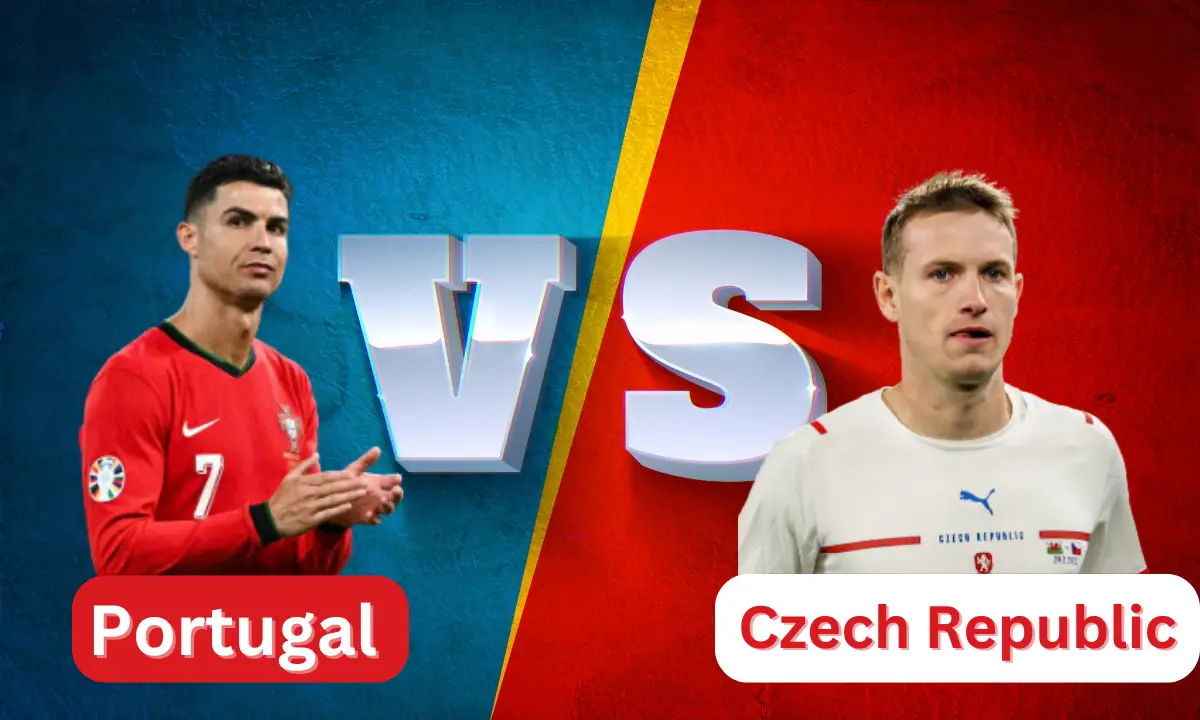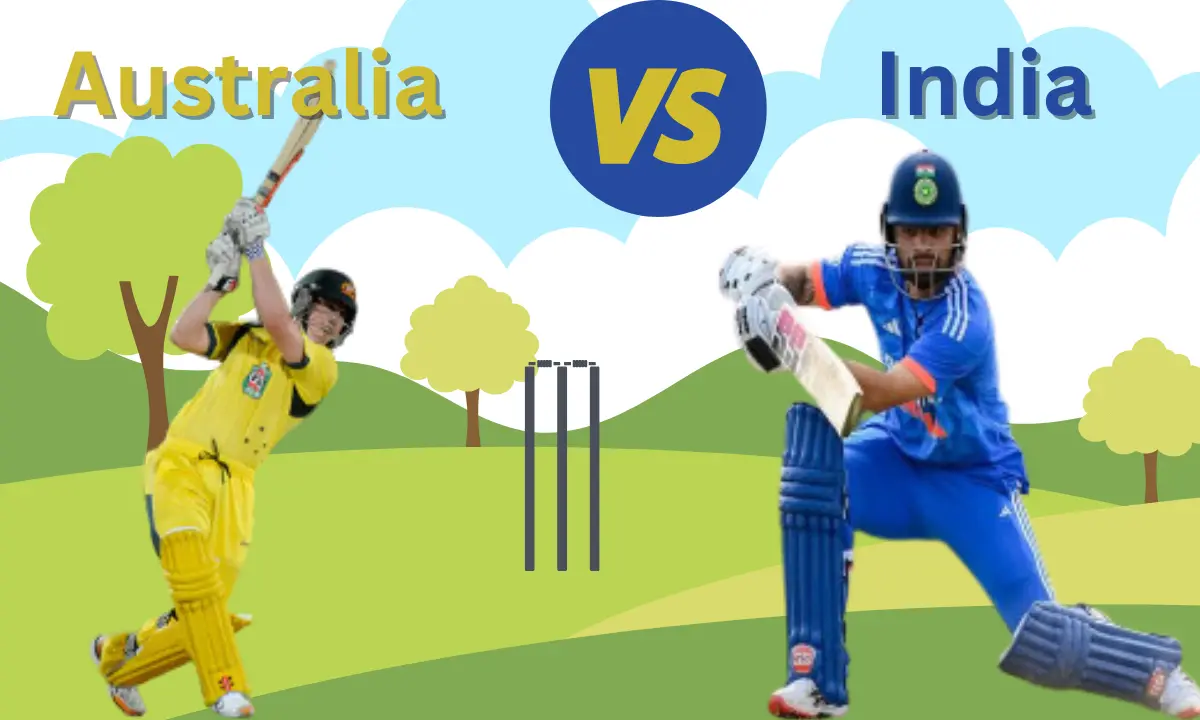Introduction
Spain National Football Team VS Germany National Football Team Lineups: Whenever the national football team of Spain faces off against that of Germany, the whole thing becomes a treat to behold for every football enthusiast around the world. Each of these two teams has enjoyed enviable moments of victory in the international arena and is thus known for its tactical acumen, world-class players, and distinct style of play among other key strengths. A match is never just a match when the two football sides meet from the European powerhouses but rather a contestation of philosophies and traditions of footballing between two of the most talented squads on Earth’s surface. The article below shall take a look at the lineups and most important players, formations, and strategies in their recent meetings.
Spanish National Team: A Mix of Youth and Experience
The Spanish national football team brought their version of tiki-taka into the world, where a possession-based footballing philosophy meant short passes and intricate movements off the ball, predominantly. Things have somewhat changed now, though, from when they completely bossed the world in the early 2010s after winning the 2010 FIFA World Cup and back-to-back European Championships in 2008 and 2012. Their core philosophy has always moved the ball at speed with technical brilliance.
Spain’s Key Men
- Unai Simón: First choice goalkeeper, unruffled even when distributing from the back.
- Jordi Alba: The few remaining representatives of the golden generation, Alba is still an important cog in the attacking play of Spain. Overlapping runs and pinpoint crosses determine the width in the game play.
Aymeric Laporte
Centre Back: The Manchester City central defender gives stability at the back for Spain and is a ball distributor with great acumen to read the game.
Rodri
- Central Defensive Midfielder: Rodri plays the role of the pivot in Spain’s centre hence holds pivotal responsibility for breaking opposition attacks and launching forward passes to initiate attacks.
- Pedri: Attacking midfielder, he has grown to be one of the most promising youngsters in world football. Finding space and unlocking the defenses with his vision and technique is very important to Spain’s style of play and creativity.
Ferran
Torres: Winger, one of the chief attacking men for Spain, Torres is a bundle of speed, agility, and sharpness when it comes to stretching defenses by creating spaces to pounce on.
Typical Formation: 4-3-3
Spain usually lines up in a 4-3-3 formation, a shape that ensures possession of the game is consolidated, with full control of the pace important. It usually comes out like this:
- Unai Simon – Goalkeeper
- Cesar Azpilicueta – Right-back
- Aymeric Laporte – Center-back
- Pau Torres – Center-back
- Jordi Alba – Left-back
- Rodri – Holding Midfielder
- Pedri – Attacking Midfielder
- Gavi – Box-to-Box Midfielder
- Ferran Torres – Right Wing
Alvaro
Tiki-Taka in Spanish is based on possession play, tiring the opponent out by resorting to short and quick passes. The fluidity within the lines opened up space in midfield for players like Pedri and Gavi to be that sort of linking piece between defense and attack.
Lastly, Rodri presents the base of the holding midfielder in order to guarantee an assured base change. Ferran Torres and Dani Olmo provide width to the attacks with pace and forward runs. Fullbacks are encouraged on, and most of all, Jordi Alba adds that extra attacking dimension.
Germany National Football Team:
Tactical Powerhouse Efficiency, tactical intelligence, and generally a disciplined approach to football might be all synonymous with the national team of Germany. Able to adapt their system in a way that has traditionally exposed weaknesses in opponents, they have enjoyed quite a lot of success over the years, having won four FIFA World Cups and three European Championships, while their most recent teams continue to raise the bar high in performance and expectations.
Some of the key players in the lineup for the German national team include a goalkeeper named Manuel Neuer. Many people regard him as the most complete goalkeeper of the modern era since he has already inspired a whole new generation of goalkeepers. On the pitch, he presents great shot-stopping with his traits of being a ‘sweeper-keeper’. He is important to the way Germany structures and implements tactics.
Antonio Rudiger
Centre-Back: Real Madrid player known for his physical combats, tackling, and leadership in the heart of German defence.
Joshua Kimmich
- Central Midfielder: Though more often than not deployed as a right-back or a right-centre-back, he has really been sublime in the central midfield role because of his range of passing and game reading.
- Ilkay Gündogan: Technologically one of the best in middle park. He had been one of the consistent performers for Germany through the years, always good and important in linking up both the defence and attack.
- Jamal Musiala: Attacking Midfielder/Winger – Musiala would be that game-changer in the German attack with his ingenuity, dribbling skills, and goal-scoring ability.
- Serge Gnabry: Winger A pace winger who can use razors for feet, his finishing is always clinical and dangerous against any form of opposition defense. Commonly Used
Formation: 4-2-3-1
The most common formation that one would see them deploying would be the 4-2-3-1. It allows them to access midfield quickly while showing flexibility in an attack. Their common lineup would then look something like this:
Goalkeeper: Manuel Neuer
- Lukas Klostermann (Right-back), Antonio Rüdiger (Centre-back), Niklas Süle (Centre-back),
- David Raum (Left-back)
- Joshua Kimmich (Defensive midfielder), Leon Goretzka (Defending midfielder), Ilkay Gündogan
- (Attacking midfielder)
- Serge Gnabry (Right winger) Thomas Müller (Central attacking attacker midfielder),
In this respect, Germany is fluid and flexible in tactics. Double pivots by Kimmich and Goretika back up in defense as the same avenues break into attack quickly. Advanced midfielder Gundogan looks to assist the striker but at the same time likes to perform proceeding play in the attacking third, whereas the wide players Gnabry and Sane have to come inside, get overloaded, and find spaces behind the opponent full-back.
Typically, in German’s high-pressing system, opponents are committed to making mistakes, and of course, they capitalize through quick counter-attacks. They move upwards with vertical passes just after gaining possession. The flexibility of some of their players, like Müller and Musiala, could change the pace of the game with positional changes that confuse the opponent’s defence.
Historical Lineups in Spain vs. Germany Encounters
Of late, Spain has engaged Germany in an appealing fight of the tacticians. The contest often pits the possession football of Spain against the German direct approach. During the UEFA Nations League match in November 2020, Spain routed visitors Germany 6-0. The starting lineup for Spain included Sergio Ramos, Fabián Ruiz, and Ferran Torres. Torres scored a hat-trick in that match. Meanwhile, Germany had Neuer, Rudiger, and Goretzka, but they really could not get past the press and domination of Spain in the middle of the park.
Conclusion
The match between Spain and Germany is an enticing match in world football. A case of two nations with overflowing talent and philosophies fairly engraved into their football takes the global game to new dimensions. The tactical chess game, so far pitting Spain with their possession-heavy game against the effectiveness and pragmatism of Germany in each match these two teams take part in, may be a high-scoring juggernaut or a fight to the finish. Lineups and strategies thrown out by these two footballing giants always offer fascinating insight into modern football.
Also Read: France National Football Team VS Belgium National Football Team Lineups



